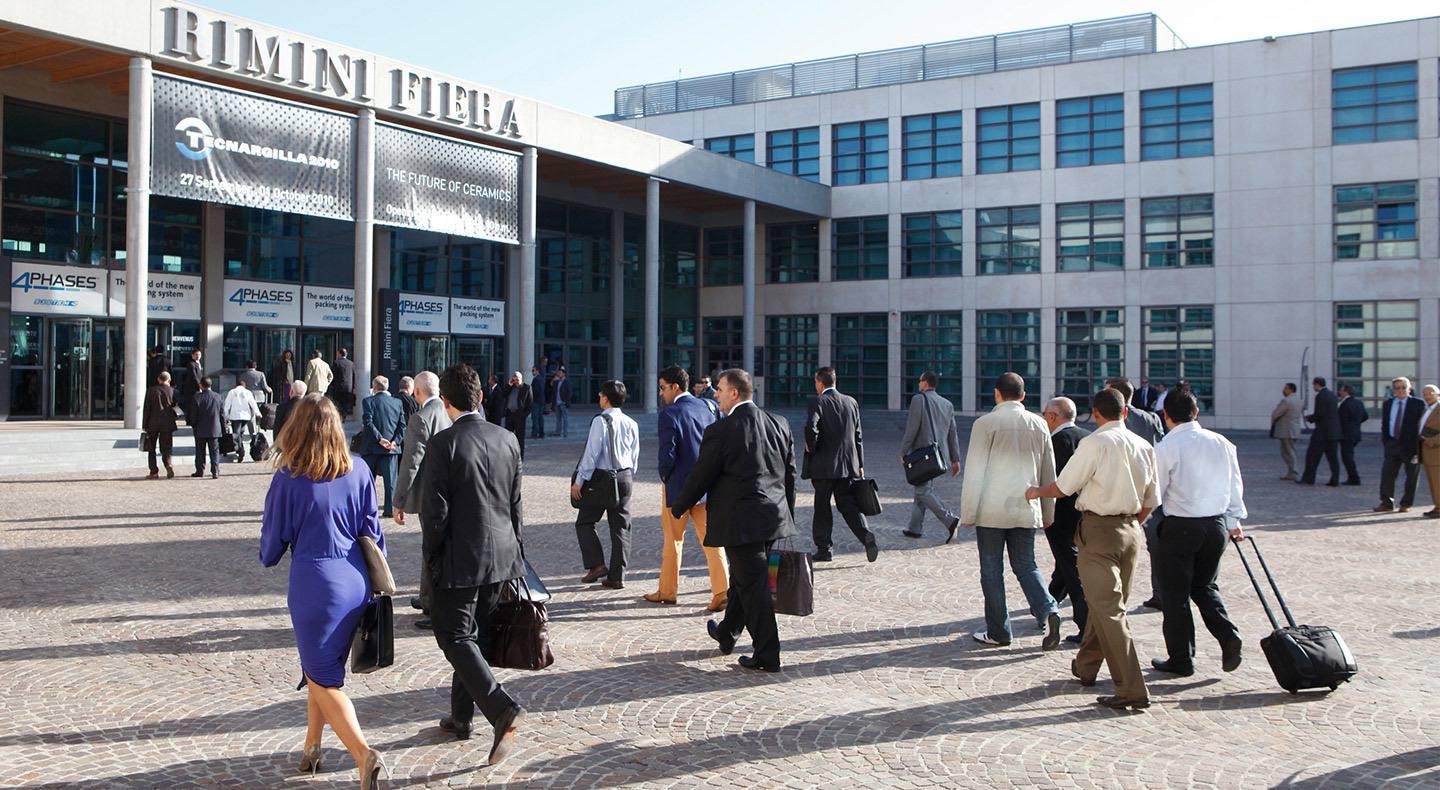In March 2024, a photograph was taken during an overflight of the Kakataibo Indigenous Reserve in Peru that exposed a clandestine landing strip. The reserve, located between Loreto, Ucayali, and Huánuco regions, is intended for indigenous people in isolation and initial contact. The image showed a furrow cutting through the dense green mantle of the Amazon forest, revealing a wide line of land in the middle of the territory.
During the same flight, two open pits were also discovered in the forest and a large amount of illegal coca leaf crops. This confirmed that drug trafficking activities were encroaching on the territory of the Kakataibo people. Indigenous leaders from Fenacoka participated in the flight and expressed their concern over the situation.
The flight was organized by Aidesep and included representatives from Mincul to verify illegal activities within the Kakataibo Indigenous Reserve, which was only categorized in 2021. Satellite images from May 2023 had already shown evidence of clandestine landing strips, unauthorized forest roads, and deforestation in and around the reserve. This prompted indigenous organizations to request precautionary measures from IACHR to protect Kakataibo people’s rights.
Subsequent flyovers and field photographs captured the extent of illegal activities within the reserve, including deforestation, coca leaf crops, and even possible camps. The indigenous leaders expressed disappointment with lack of action from Peruvian government to address threats facing Kakataibo people.
Multiple points of illegal activities were revealed during the flight highlighting urgent need for protection measures. Ongoing encroachment of drug trafficking on indigenous territories poses significant threat to isolated communities like North and South Kakataibo Indigenous Reserve who are vulnerable due to lack of protection measures implemented by Peruvian State despite repeated requests for action.
The situation reflects larger issue where isolated indigenous communities are at risk due to illegal activities threatening their lives and livelihoods in Peruvian Amazon region where drug trafficking continues to prevail without adequate protection measures being put in place by government authorities.
:quality(75)/cloudfront-us-east-1.images.arcpublishing.com/elcomercio/HKZUIYGEWJG4HDML76NZP2NON4.jpg)

:quality(75)/cloudfront-us-east-1.images.arcpublishing.com/elcomercio/R26QUFJPJ5G4POHMHORLUS76HQ.jpg)